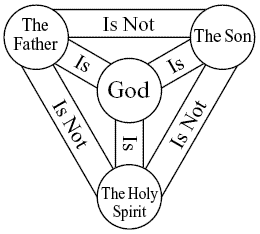What language was the Bible written in and what was it written on?
The vast majority of the Old Testament was written in Masoretic Hebrew.
It was primarily copied and published by a group of Scribes known as the Masoretes between the 7th and 10thcenturies. The Dead Sea Scrolls showed this text to be almost identical to the Tanakh (Hebrew Scriptures) written centuries before Christ. It is this similarity that contrasts so sharply with the numerous differences of the Septuagint (a Greek translation that dates back to a time around that of the Dead Sea Scrolls). The King James Bible is translated from the Masoretic Hebrew. Most newer translations draw heavily from the Septuagint. That is the explanation for the differences you have probably noticed when comparing English translations. Major word and even content differences, not to mention verses entirely left out were the result of translators following an entirely different ‘family’ of texts (cf. KJV to NIV, Matt 17:21; 18:11; Acts 8:37; et.al.).
Old Testament (or Hebrew Scripture) portions that were not written in Hebrew include: Ezra 4:8 through 6:18; Ezra 7:12-26; Daniel 2:4 through 7:28; and Jeremiah 10:11. These sections were written in Aramaic and the Bible student will notice almost immediately a fascinating relationship. These slices of God’s Word speak directly to Gentile nations and leaders. Recognizing this “coincidence” makes for an interesting study of these segments.
The New Testament was written in Koine Greek (sometimes referred to as New Testament Greek). This language is much different from the classic, spoken Greek of today. Linguistics can be difficult to trace, but it appears that Koine Greek was at least associated with the armies of Alexander the Great.
The Spirit of God moved upon authors of the Bible to record their histories, blessings, warnings and praises on whatever object was in current use at the time. At least some of these materials would have included: CLAY (Jeremiah 17:13; Ezekiel 4:1); STONE (Exodus 24:12; 31:18; 32:15-16; 34:1,28; Deuteronomy 5:22; 27:2-3; Joshua 8:31-32); PAPYRUS (Made by pressing and gluing two layers of split papyrus reeds together at cross-angles in order to form a sheet. cf. Revelation 5:1; 2 John 1:12); VELLUM (calf skin), PARCHMENT (lamb skin), LEATHER (cow-hide) (cf. 2 Timothy 4:13); and even METAL (Exodus 28:36; Job 19:24; Matthew 22:19-20).
In closing let me just remind you that God did promise to preserve His Word (Psalm 12:6-7). It is also significant that God has even magnified His Word above His own name (Psalm 138:2). If God can secure our souls in Heaven for an eternity, is it not a small thing for Him to keep, guard, and defend His written Word on earth for a few thousand years?










